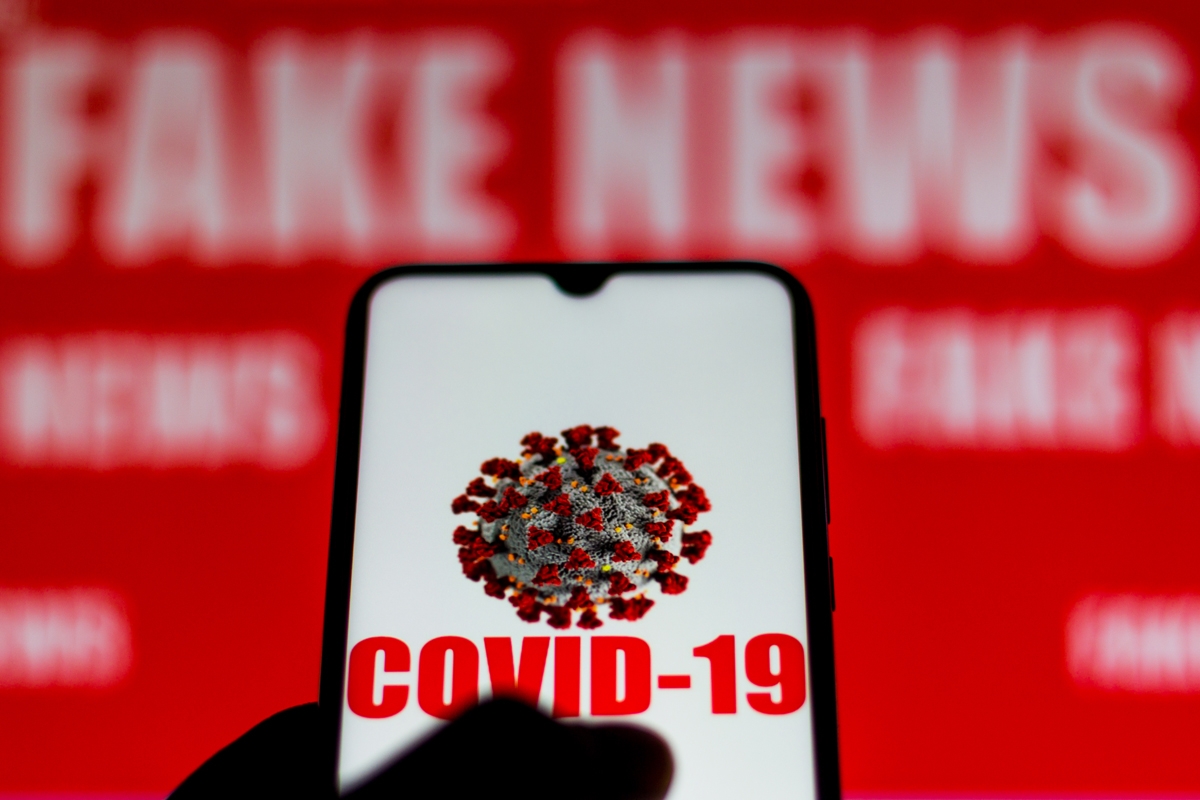To curb the spread of misinformation, experts from the University of Oklahoma are conducting research on how to detect fake epidemic information.
The project is led by Matthew Jensen, Ph.D., associate professor of management information systems for the Price College of Business at the University of Oklahoma, in collaboration with researchers from the University of Hong Kong, Myongji University, and Sungkyunkwan University. The research team is using computer linguistics to analyze followers, emotional tone, and other characteristics to determine signifiers of misinformation.
Specifically, they will introduce and test a theoretical model of deceptive writing strategies in Twitter tweets linked to COVID-19 fake news in four languages (English, Chinese, Korean, and French), its antecedents, and its dissemination scope and speed within and across online communities. By integrating linguistics, communication and psychology theories, artificial intelligence/machine learning, and statistics, the project will model linguistic attributes of fake news and build a user-friendly dashboard to detect COVID-19 fake news, predict its dissemination scope and speed, inform interventions, and save lives.
From OU, the research team includes Jeong-Nam Kim, founding director of Debiasing and Lay Informatics (DaLI) lab and a professor at the Gaylord College of Journalism and Mass Communication; David Ebert, associate vice president for Research and Partnerships and director of the Data Institute for Societal Challenges; and Hyelim Lee, a Ph.D. student at the Gaylord College of Journalism and Mass Communication.


